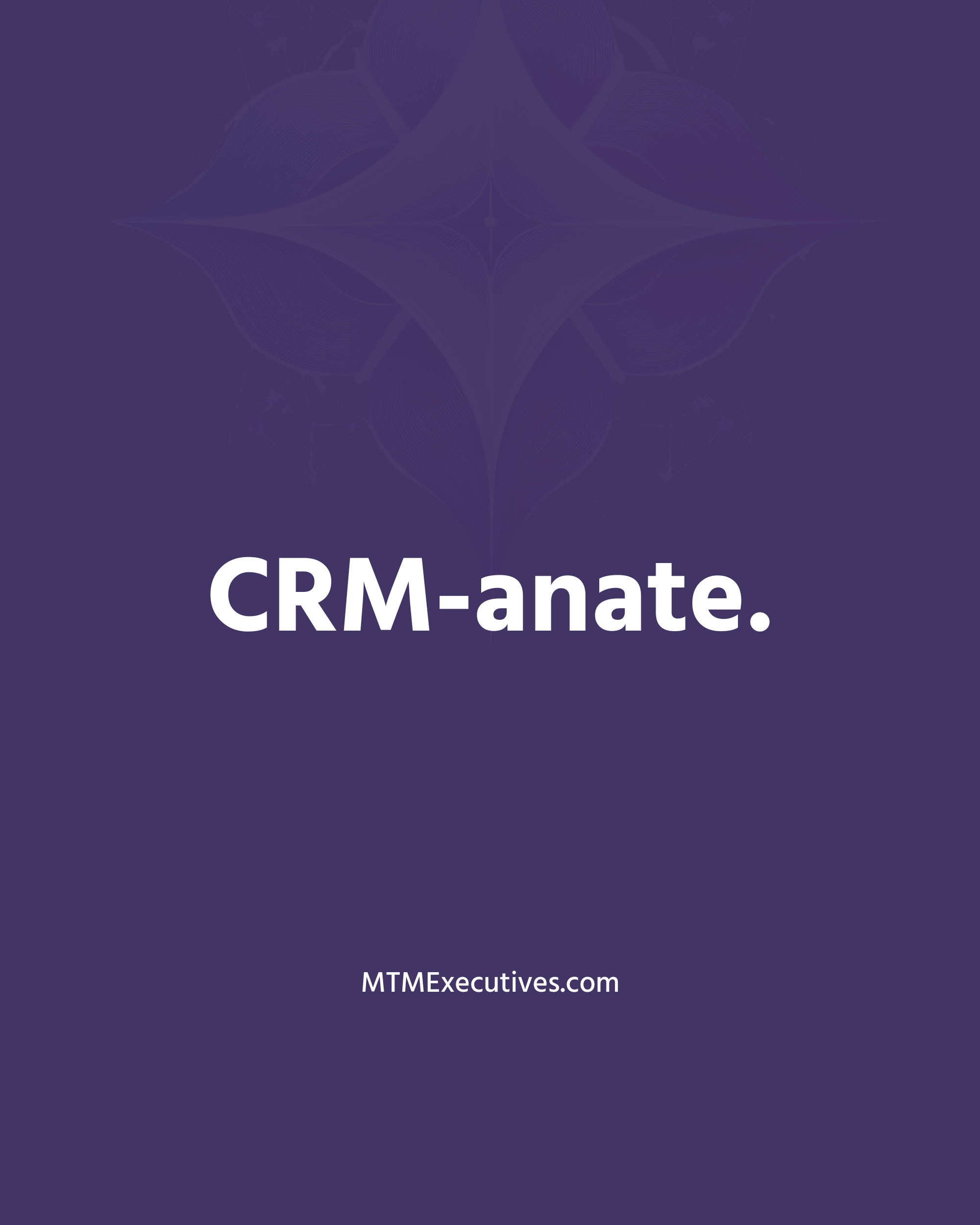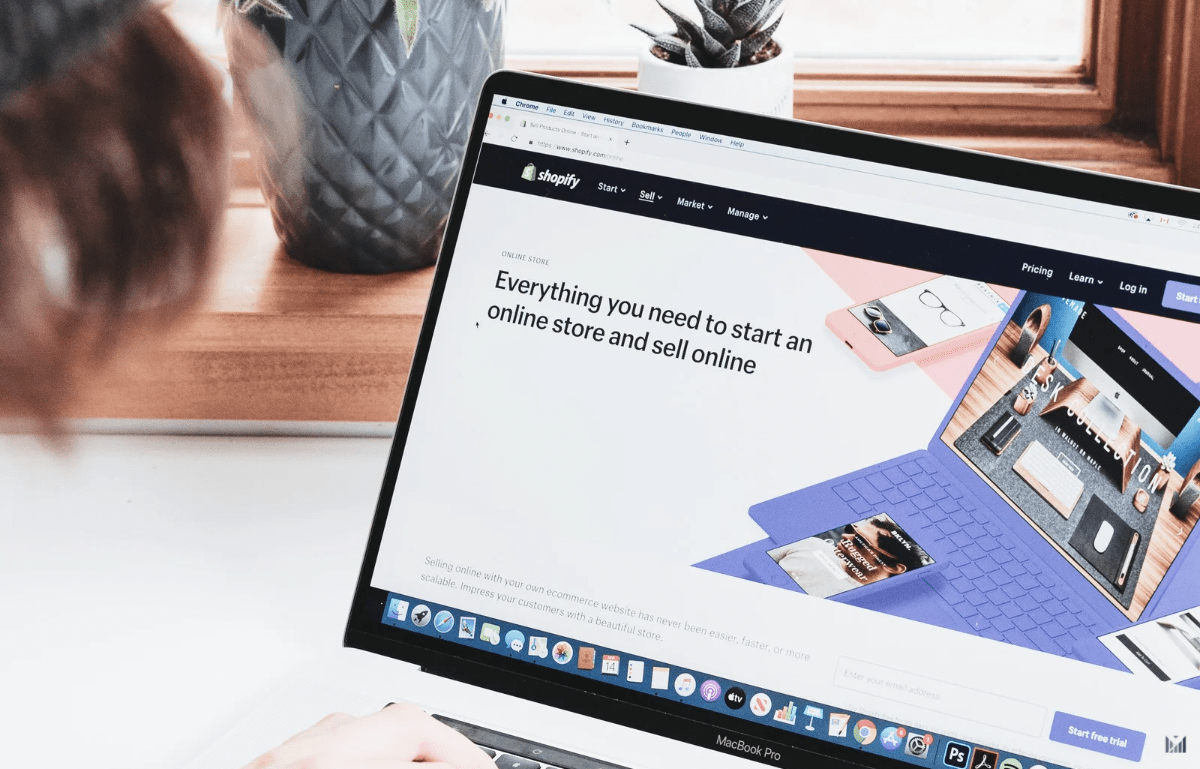Whether leading a thriving studio in Kendall Square, launching an art collective, or growing a small business downtown, one of the first tools we set up for any brand manager is a customer or client relationship manager. The right contact management system helps teams of any size nurture every relationship that shapes a brand: customers, collaborators, community supporters, and beyond. And don’t let the name fool you. CRM basics aren’t just for contacts—CRM tools make it fast and simple to organize and automate everything from deals to products and more.
CRM basics are also the first step in our #BeautifullyStrategic Executive + Team Training because research consistently supports the impact of effective customer relationship management tools on small businesses and creative brands. For example, CRMs improve customer retention by about 27%, increase sales Sales is any set of activities related to selling products a... More by nearly 29%, and streamline operational workflows, resulting in higher productivity and stronger customer engagement (Mangal & Kumar, 2025; Capsule CRM, 2019; ijrpr.com/pdf:40). These systems centralize critical data like contact info, purchase histories, and communication logs, enabling personalized, timely follow-ups that enhance loyalty and reduce customer churn (Capsule CRM, 2019; EBSCO Business & Management Research Starter, 2007).
Sales is any set of activities related to selling products a... More by nearly 29%, and streamline operational workflows, resulting in higher productivity and stronger customer engagement (Mangal & Kumar, 2025; Capsule CRM, 2019; ijrpr.com/pdf:40). These systems centralize critical data like contact info, purchase histories, and communication logs, enabling personalized, timely follow-ups that enhance loyalty and reduce customer churn (Capsule CRM, 2019; EBSCO Business & Management Research Starter, 2007).
Still, choosing a CRM can feel overwhelming given the countless options and no one-size-fits-all solution. Our best advice: start slow and small. Choose a tool that fits the main users’ current workflow, and don’t hesitate to test a few out. Begin with a handful of contacts at a time to get comfortable. CRM platforms also support targeted communications, allowing brand managers to segment audiences and tailor outreach that resonates deeply with distinct groups — a proven key to higher conversion rates and long-term loyalty (Capsule CRM, 2019; CloudEagle.ai, 2021). Try selecting a small segment and running one outreach campaign as a test.
Industry recommendations can help you get started, but taking multiple CRM options for a trial run ensures the best fit for your unique business needs. If you’re new to CRMs, starting with Notion or a similar free app with spreadsheet functionalities is a low-risk way to begin. You can then transition smoothly to a full CRM system like HubSpot or Zoho when you’re ready to scale. Many platforms offer free trials, giving your team little time to adapt before committing. Start with a free tool like Notion or Google Sheets to avoid limits altogether.
CRM Basics: Getting Started with 3 Simple Steps
- Write down or create up to 5 relevant contacts, individuals or groups
- Add 3 columns or fields to track due dates, emails, etc.
- Add details as they become relevant. Consider contact categories, labels for segments and sales
 Sales is any set of activities related to selling products a... More stages to begin.
Sales is any set of activities related to selling products a... More stages to begin.
Begin using the tracker by testing it within the team workflow, including how progress will be updated. Would adding default responses to fields speed things up? Can adding phone numbers be avoided while focusing on email campaigns? Are more columns or information needed? Once the system has been tested for a few days, it’s common to notice room for improvement. Make updates and test again a few weeks later. Repeat and so on.
For help determining additional fields that may be needed, consider current and upcoming marketing Marketing is a series of steps used to achieve a sales goal.... More campaigns. What information is needed to get the most out of them? Be sure to have an appropriate field for each item in a format that saves the most time. Typically, options like text fields, drop-down menus, checkboxes and more are offered depending on platform.
Marketing is a series of steps used to achieve a sales goal.... More campaigns. What information is needed to get the most out of them? Be sure to have an appropriate field for each item in a format that saves the most time. Typically, options like text fields, drop-down menus, checkboxes and more are offered depending on platform.
For example, are you sending birthday emails? Then add a date field for birthday information. Running an SMS campaign? Differentiate mobile numbers from office numbers or landlines. But don’t worry about getting everything right the first time. Change can be made later. That’s the point of starting with just a few: the ability to update records already entered more easily.
Setting Up A CRM Tool That Puts In Work
Once all fields are finalized, start organizing tasks and workflow processes. Map out customer journeys from the very first marketing Marketing is a series of steps used to achieve a sales goal.... More tactics to limit guesswork when nurturing new leads. Add reminders for due dates to take each action and block time for reporting and decompression. Tech-assisted time management may uncover more time or reveal how different schedules affect results.
Marketing is a series of steps used to achieve a sales goal.... More tactics to limit guesswork when nurturing new leads. Add reminders for due dates to take each action and block time for reporting and decompression. Tech-assisted time management may uncover more time or reveal how different schedules affect results.
Having dates, however flexible, connected to tactics helps prioritize efforts, avoid missed deadlines when distractions inevitably pop up, save time when scaling. Clearly defined processes and timelines also make training much easier. Once processes are set up, try setting up lists, deals, or campaigns to see how they fit the processes. Decide how to organize information and then consider automation to simplify workflows and save valuable time.
Ideally, a CRM system will be a command center for tracking your clients, vendors, tasks, and sales Sales is any set of activities related to selling products a... More simply, in one application. It will likely be where the team starts or spends much of the day so be sure it’s a good fit.
Sales is any set of activities related to selling products a... More simply, in one application. It will likely be where the team starts or spends much of the day so be sure it’s a good fit.
Need help? Select a plan to begin or start with a free trial of #BeautifullyStrategic Executives on Meetup.
We support our favorite tech by sharing, training and helping others. Links on this page may be affiliate links, meaning we earn income when you use them to make purchases. We appreciate your support.
Discover more from MTM Executives: FlowWell Branding
Subscribe to get the latest posts sent to your email.







2 thoughts on “Getting Started with Contact Management: CRM Basics Overview”